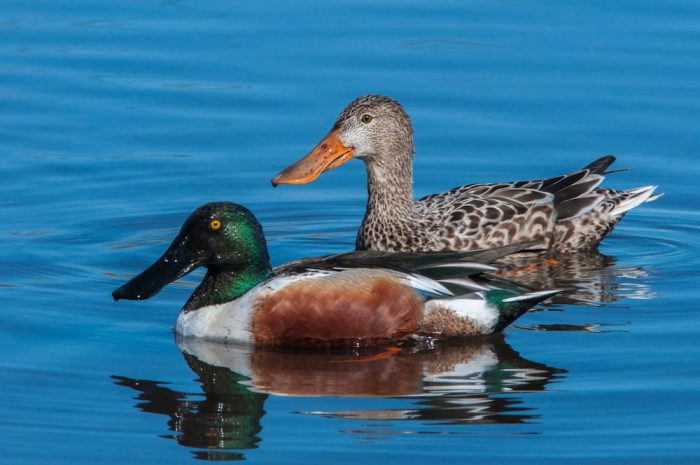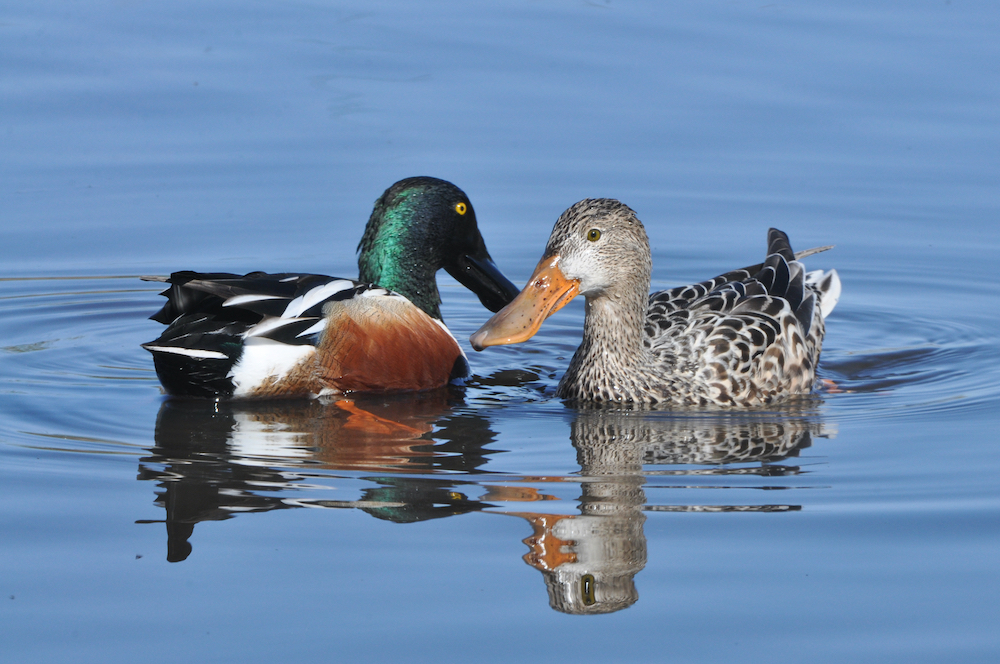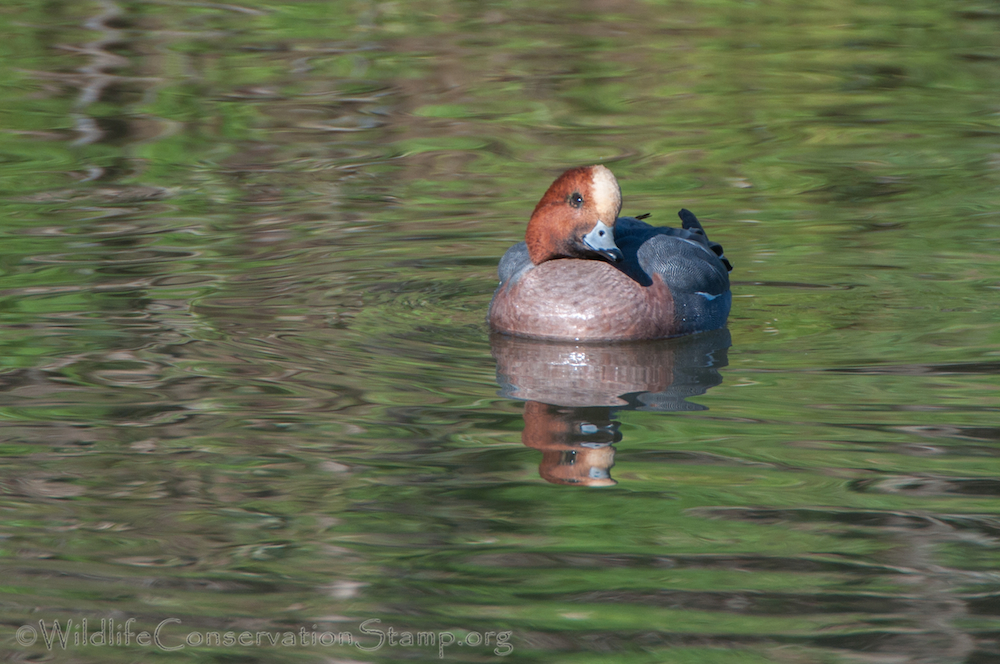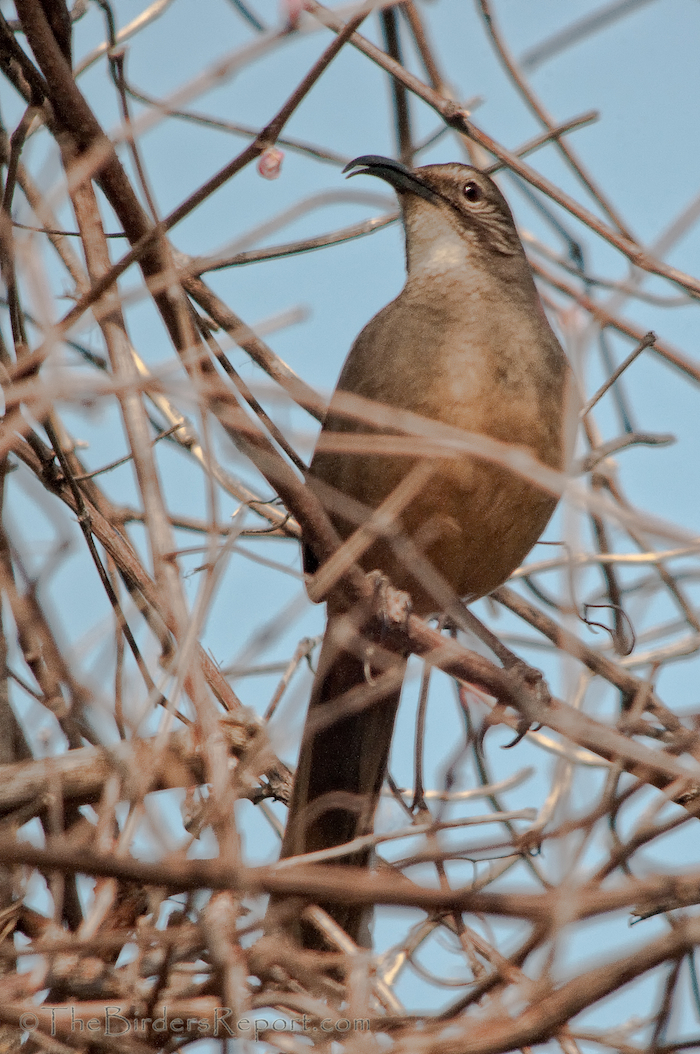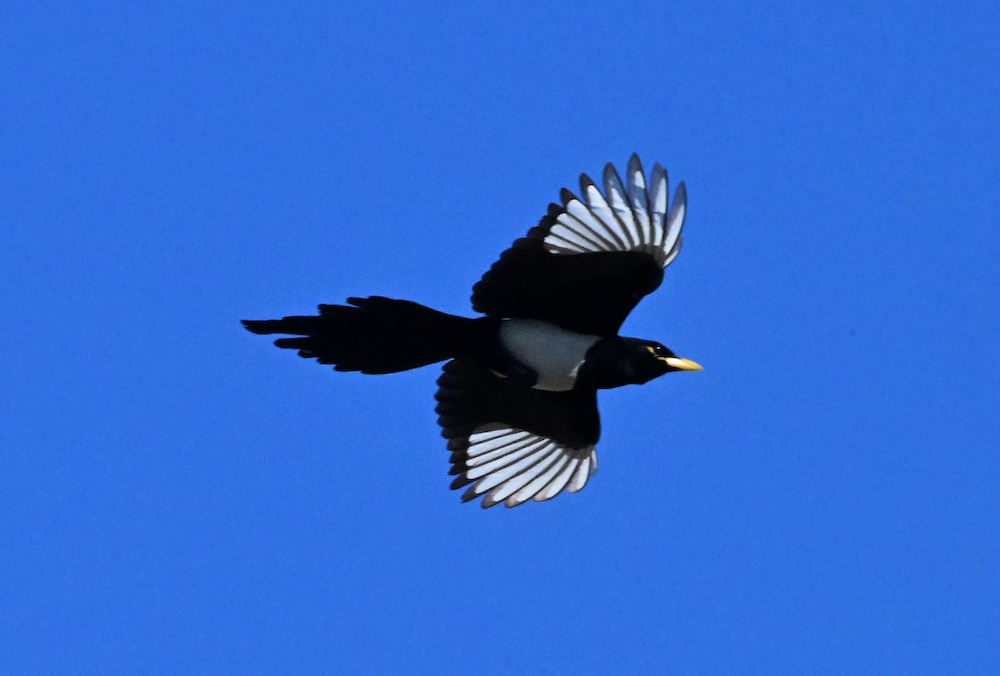
Join Shasta Birding Society for a bird walk around Nur Pon Open Space. Nur Pon, or “Salmon Run” in the Wintu language, was once known as Henderson Open Space before the City of Redding and numerous other agencies began a restoration project that established a side channel along the Sacramento River for salmon spawning. The parkland has been cleared of debris, much of the non-native vegetation has been removed and the area fenced and secured. This easy walk of approximately 1.5 miles should take about three hours to identify the birds of river and oak woodland. Hiking boots are recommended for the river cobble areas. Nur Pon is off Hartnell Avenue at the intersection of Parkview Avenue and Henderson Road on the east side of the river. Note: dogs in the park are off leash. For more information email webmaster@shastabirdingsociety.org

